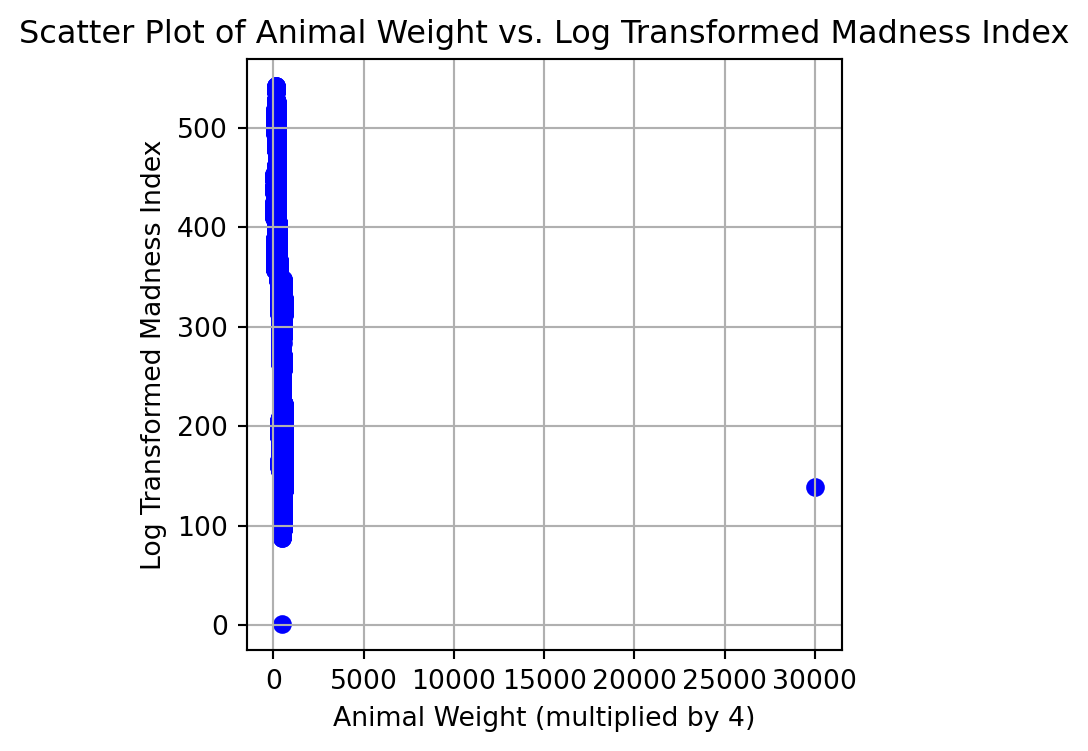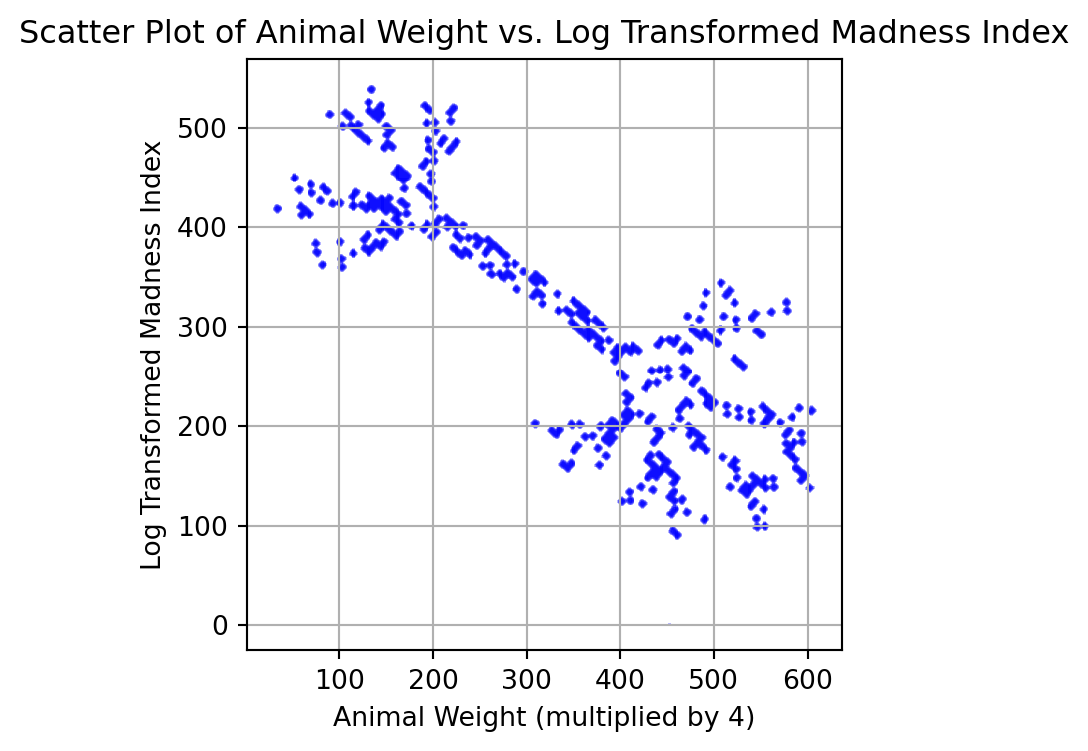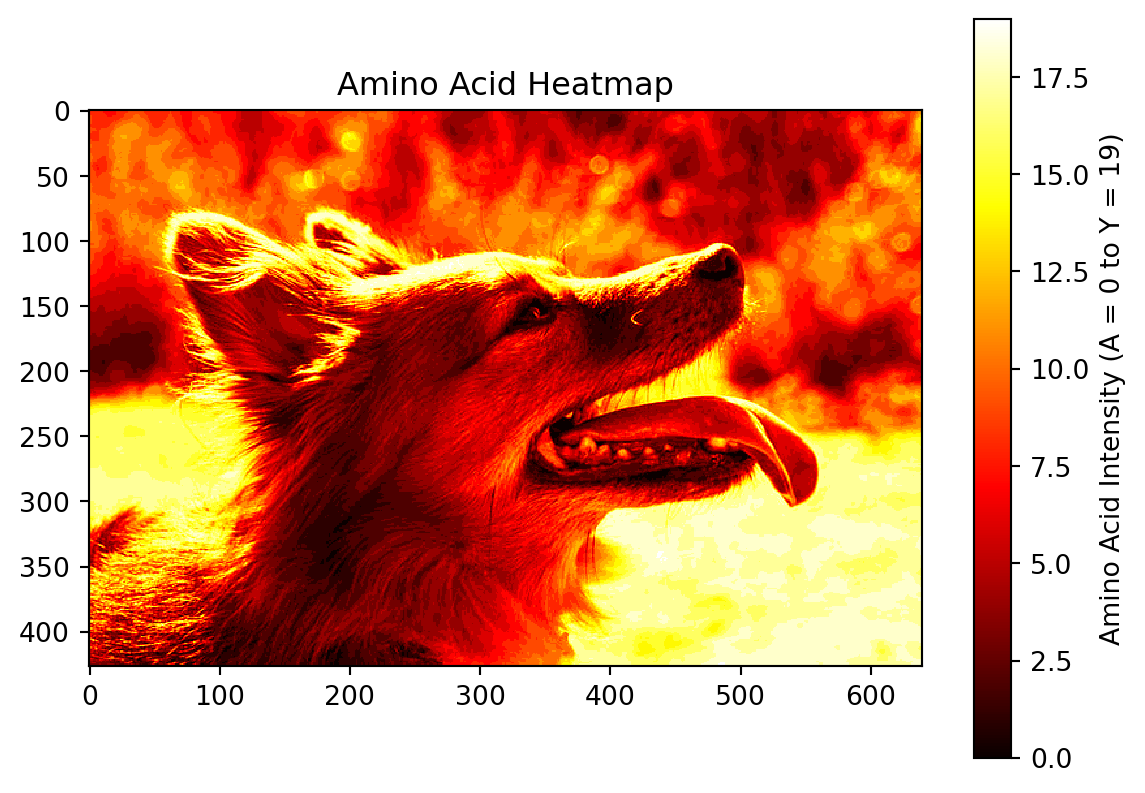Unlocked file created: unlocked_data
210 36 15 91 120 190 210 6 120 91 91 120 105 91 120 10 15 120 21 210 171 1 105 190 91 45 190 190 45 120 105 1 190 190 - 120 6 45 1 210 15 10 276 45 210 36 210 36 45 190 10 45 190 15 1 190 15 45 190 - 210 36 171 o 120 231 28 36 3 45 210 15 190
not a number
not a number
not a number
not a number
not a number
not a number
not a number
not a number
not a number
not a number
not a number
not a number
not a number
not a number
not a number
not a number
not a number
not a number
not a number
not a number
not a number
not a number
not a number
not a number
not a number
not a number
not a number
not a number
not a number
not a number
not a number
not a number
not a number
not a number
not a number
not a number
not a number
not a number
not a number
not a number
not a number
not a number
not a number
not a number
not a number
not a number
not a number
not a number
not a number
not a number
not a number
not a number
not a number
not a number
not a number
not a number
not a number
not a number
not a number
not a number
not a number
not a number
not a number
not a number
not a number
not a number
not a number
not a number
not a number
not a number
not a number
not a number
not a number
not a number
not a number
not a number
not a number
not a number
not a number
not a number
not a number
not a number
not a number
{0: '2', 1: '1', 2: '0', 4: '3', 5: '6', 7: '1', 8: '5', 10: '9', 11: '1', 13: '1', 14: '2', 15: '0', 20: '1', 21: '9', 22: '0', 24: '2', 25: '1', 26: '0', 29: '6', 31: '1', 32: '2', 33: '0', 36: '9', 37: '1', 39: '9', 40: '1', 42: '1', 43: '2', 44: '0', 46: '1', 47: '0', 48: '5', 50: '9', 51: '1', 53: '1', 54: '2', 55: '0', 57: '1', 58: '0', 60: '1', 61: '5', 63: '1', 64: '2', 65: '0', 67: '2', 68: '1', 70: '2', 71: '1', 72: '0', 74: '1', 75: '7', 76: '1', 78: '1', 80: '1', 81: '0', 82: '5', 85: '1', 86: '9', 87: '0', 89: '9', 90: '1', 92: '4', 93: '5', 95: '1', 96: '9', 97: '0', 99: '1', 100: '9', 101: '0', 103: '4', 104: '5', 106: '1', 107: '2', 108: '0', 110: '1', 111: '0', 112: '5', 114: '1', 116: '1', 117: '9', 118: '0', 120: '1', 121: '9', 122: '0', 126: '1', 127: '2', 128: '0', 130: '6', 132: '4', 133: '5', 135: '1', 137: '2', 138: '1', 139: '0', 141: '1', 142: '5', 144: '1', 145: '0', 147: '2', 148: '7', 149: '6', 151: '4', 152: '5', 154: '2', 155: '1', 156: '0', 158: '3', 159: '6', 161: '2', 162: '1', 163: '0', 165: '3', 166: '6', 168: '4', 169: '5', 171: '1', 172: '9', 173: '0', 175: '1', 176: '0', 178: '4', 179: '5', 181: '1', 182: '9', 183: '0', 185: '1', 186: '5', 188: '1', 190: '1', 191: '9', 192: '0', 194: '1', 195: '5', 197: '4', 198: '5', 200: '1', 201: '9', 202: '0', 206: '2', 207: '1', 208: '0', 210: '3', 211: '6', 213: '1', 214: '7', 215: '1', 219: '1', 220: '2', 221: '0', 223: '2', 224: '3', 225: '1', 227: '2', 228: '8', 230: '3', 231: '6', 233: '3', 235: '4', 236: '5', 238: '2', 239: '1', 240: '0', 242: '1', 243: '5', 245: '1', 246: '9', 247: '0'}
['210', '36', '15', '91', '120', '190', '210', '6', '120', '91', '91', '120', '105', '91', '120', '10', '15', '120', '21', '210', '171', '1', '105', '190', '91', '45', '190', '190', '45', '120', '105', '1', '190', '190', '120', '6', '45', '1', '210', '15', '10', '276', '45', '210', '36', '210', '36', '45', '190', '10', '45', '190', '15', '1', '190', '15', '45', '190', '210', '36', '171', '120', '231', '28', '36', '3', '45', '210', '15', '190']
{1: 'a', 3: 'b', 6: 'c', 10: 'd', 15: 'e', 21: 'f', 28: 'g', 36: 'h', 45: 'i', 55: 'j', 66: 'k', 78: 'l', 91: 'm', 105: 'n', 120: 'o', 136: 'p', 153: 'q', 171: 'r', 190: 's', 210: 't', 231: 'u', 253: 'v', 276: 'w', 300: 'x', 325: 'y', 351: 'z'}
message is themostcommonmodeoftransmissionassociatedwiththisdiseaseisthroughbites



